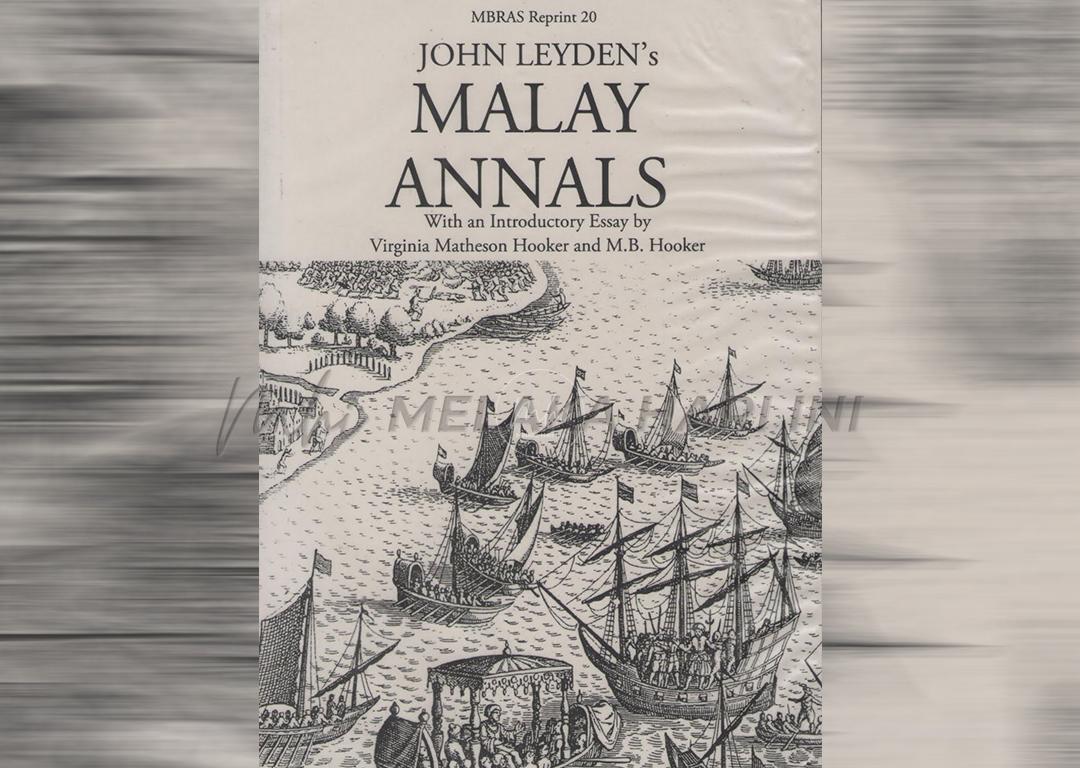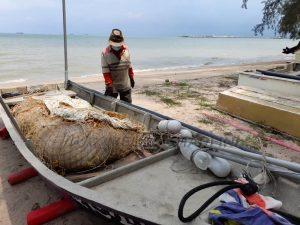
In Their Own Image: European Sojourners on Early Pulau Pinang and Malay History
IN the June 2018 issue of the Journal of the Malaysian Branch of the Royal Asiatic Society (JMBRAS) I reviewed a book titled Penang and its Network of Knowledge (2017). It was co-edited by Peter Zabielskis, Yeoh Seng Guan and Kat Fatland.
The book has its origins in a continuing wave of interest on what was Tanjong Penaga, and Penang (Anglicized Pulau Pinang).‘The Penang Story: A Celebration of Diversity’ launched in 2001, culminating in the Penang Story International Conference in April 2002, reinforced the popular narrative of the island (and state) to the exclusion of its pre-European past. What happened before that deceptive year of 1786 is conceived as pre-history. It is non-history.
In the JMBRAS review I had not delved into any specific contents of the book. Now I turn to that chapter that holds some discussion on the image of Pulau Pinangs landscape and earlier inhabitants, more precise the population and society existent then. That chapter is titled “A View from the Hill: Romantic Imaginings and ‘Improvement’ in Early Penang,” written by Cambridge historian Christina Skott. She argued on how romanticism as a literary movement, influenced British imaginings of the island’s earlier population dubbed Penang’s ‘original’ inhabitants.
The idea of the tropical picturesque Penang was not innocent. These are closely intertwined with ideas and promotions of European expansion and economic development. Drawing from, among others, Edmund Burke’s 1750s essay, A Philosophical enquiry into the origins of our ideas of the Sublime and Beautiful, Skott explained that the European experience of beauty and the sublime evoked an element of the ‘exotic.’ Hence the landscape favoured by the picturesque was characterised by romantic disorder, irregularity, and singular shapes.
And it was the wild terrains inhabited by outlaws and bandits, bold chieftains and noble warriors that brought us into the sphere of good taste. It was a language mainly concerned with the British landscape, describing a range of views including the rugged mountain scenes from Scotland, Wales and the European Alps. As in the case of James Cook, it was the long process of aestheticizing the landscapes of the Pacific Islands, New Zealand and Australia.
There was a cult of the ‘exotic picturesque’ landscape in art depicting the tropical flora and fauna and of the ‘natives.’ Skott found it particular useful in critically examining the language used by British writers on land and ethnography while looking at their earlier writings on Pulau Pinang. ‘Views’, ‘vistas’ and ‘prospects’ were the mantra.
One writer William Gilpin described the island as presenting a most beautiful and irregular outline, “involved in those delicate tints of grey pink, which as the sun rose, through a human atmosphere, changed to a beautiful pink.” Gilpin also described Kedah: “Whilst on the other side not more than four miles off, the hilly and jungly coast of Queda [sic] displayed almost equal beauty, though of bolder character.”
The view, or the vista from the top of Penang Hill were equalled only in the Scottish Highlands or the Alps. It was from that position that associations were made with British landscapes as seen in Lord Minto’s letter in 1810 when he visited the island, “…steep, craggy, broken into smaller hills, and the whole covered with the most magnificent wood…and…vacant spaces which are green and flourishing.”
It was the connection with the Scottish glen. The view from the hill was pretty and striking, where the ethnography portrayed an “Edenic interracial existence.” Early British sojourners who lived in Malay-style houses with attap roofs, associated it with the thatched roofs of cottages in Britain. Nineteenth century writers would habitually refer to Malay houses as ‘cottages.’
Skott’s narrative expectedly did not run counter to the assumption that the island was terra nullius before it was ‘founded’ by the British. But realised that the Malays made up the majority of the inhabitants post 1786. She overlooked the logic – it was simply because the Malays were there earlier, living ordered, regular lives.
European perceptions of Malays are largely based on stereotypes. The keris-wielding Malay image, of indolence, and running amok, treacherous and dangerous were mainly recycled assessments of the Malay character in the 18th and 19th century encounters by the European. Older accounts and the compendia of knowledge were scarce of new information where “the treachery and perfidy of the Malays having become proverbial.”
The popular British Mariner’s Directory and Guide to the Trade and Navigation of the Indian and China Sea (1802) returned to the old theme of Malay ‘laziness,’ writing that the Malay “will neither endeavour to improve themselves in the arts and sciences, or husbandry, but suffer their manufactures to be neglected, and their lands to lie without cultivation.”
In the eighteenth century, a new theme had emerged in reports from the Malay world, that “the Malays had a history as a great seafaring and mercantile people.” This was from Dutch naturalist Francois Valentijn. In his Oud en Nieuw Oost-Indiën, he described the former greatness of Melaka, citing the Sejarah Melayu. Also Frenchman Pierre Poivre in his The Travels of a Philosopher (1770) wrote, “…The sea was covered with their ships, and they carried on a most extensive commerce..”
In 1805, John Leyden, described as a perfect student of Malay Studies, arrived in Pulau Pinang. There he saw the Malay in the image of the inhabitants of Scotland – “fierce and courageous.” Together with Raffles, they acquired Malay manuscripts, one of which was the Sejarah Melayu – the Malay Annals.
The ‘improvement’ of the ‘lazy Malay’ is the European, Leyden’s and Raffles’s romantic imaginings of their own temperate climes.
Langgani saluran Telegram kami untuk dapatkan berita-berita yang terkini.


